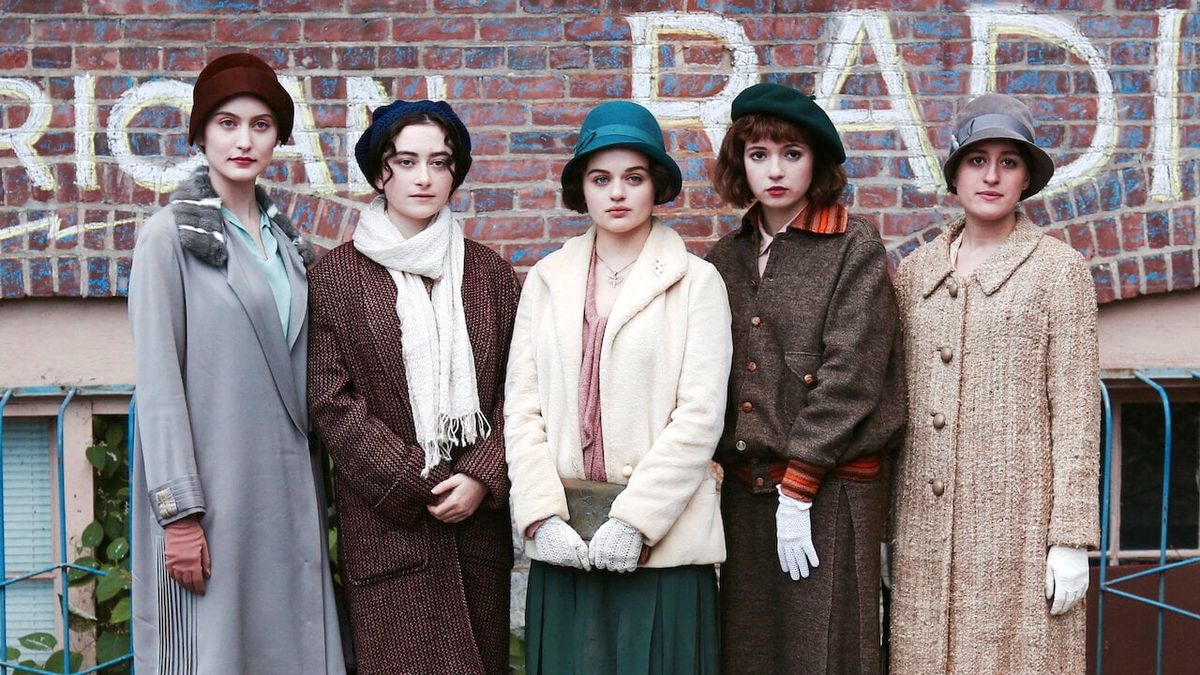
And she wasn’t the only one by now, Grace Fryer, too, was having trouble with her jaw and suffering pains in her feet, and so were the other radium girls.

He removed it, "not by an operation, but merely by putting his fingers in her mouth and lifting it out." Only days later, her entire lower jaw was removed in the same way. When her dentist prodded delicately at her jawbone in her mouth, to his horror and shock, it broke against his fingers. At that point, she had lost most of her teeth and the mysterious infection had spread: Her entire lower jaw, the roof of her mouth, and even some of the bones of her ears were said to be "one large abscess." But worse was to come.


The doctor thought it was rheumatism he sent her home with aspirin.īy May 1922, Mollie was desperate. Then she suffered aching pains in her limbs that were so agonizing they eventually left her unable to walk. They seeped constantly and made her breath foul. In the place of the missing teeth, agonizing ulcers sprouted as dark flowers, blooming red and yellow with blood and pus. Her trouble had started with an aching tooth: Her dentist pulled it, but then the next tooth started hurting and also had to be extracted. In 1922, one of Grace’s colleagues, Mollie Maggia, had to quit the studio because she was sick. They ignored all the danger signs when asked, managers told the girls the substance would put roses in their cheeks. Newspapers reported its use would "add years to our lives!"īut that belief was founded upon research conducted by the very same radium firms who had built their lucrative industry around it. That was because, at that time, a small amount of radium - such as the girls were handling - was believed to be beneficial to health: People drank radium water as a tonic, and one could buy cosmetics, butter, milk, and toothpaste laced with the wonder element. Yet the dial painters were not afforded such protection, or even warned it might be necessary. That was why the men at the radium companies wore lead aprons in their laboratories and handled the radium with ivory-tipped tongs. People had died of radium poisoning before the first dial painter ever picked up her brush. Ever since the glowing element had been discovered, it had been known to cause harm Marie Curie herself had suffered radiation burns from handling it. Savoy said that it wasn’t dangerous, that we didn’t need to be afraid."īut that wasn’t true. "Naturally you don’t want to put anything in your mouth that is going to hurt you. "The first thing we asked ‘Does this stuff hurt you?’" Mae Cubberley, who instructed Grace in the technique, later remembered. Every time the girls raised the brushes to their mouths, they swallowed a little of the glowing green paint. The girls were instructed to slip their paintbrushes between their lips to make a fine point - a practice called lip-pointing, or a "lip, dip, paint routine," as playwright Melanie Marnich later described it. Grace and her colleagues obediently followed the technique they’d been taught for the painstaking handiwork of painting the tiny dials, some of which were only 3.5 centimeters wide. They made the most of the perk, wearing their good dresses to the plant so they’d shine in the dance halls at night, and even painting radium onto their teeth for a smile that would knock their suitors dead. Radium’s luminosity was part of its allure, and the dial painters soon became known as the "ghost girls" - because by the time they finished their shifts, they themselves would glow in the dark. Many of them were teenagers, with small hands perfect for the artistic work, and they spread the message of their new job’s appeal through their friend and family networks often, whole sets of siblings worked alongside each other in the studio. Dial painting was "the elite job for the poor working girls" it paid more than three times the average factory job, and those lucky enough to land a position ranked in the top 5% of female workers nationally, giving the women financial freedom in a time of burgeoning female empowerment. With war declared, hundreds of working-class women flocked to the studio where they were employed to paint watches and military dials with the new element radium, which had been discovered by Marie Curie a little less than 20 years before. She had no idea that her new job would change her life - and workers’ rights - forever. It was four days after the US had joined World War I with two soldier brothers, Grace wanted to do all she could to help the war effort. On April 10, 1917, an 18-year-old woman named Grace Fryer started work as a dial painter at the United States Radium Corporation (USRC) in Orange, New Jersey.


 0 kommentar(er)
0 kommentar(er)
